“Forever chemicals,” or PFAS (per- and polyfluoroalkyl substances), have quietly seeped into water supplies across the U.S., and they aren’t simply going away on their own. These man-made compounds are found in everything from non-stick cookware to water-repellent clothing and have been linked to a variety of health issues. It’s time to bring these hidden threats to light, one town at a time. Discover how these communities are dealing with a problem that could affect your own and learn what action is being taken to protect people and the environment.
1. Parkersburg, West Virginia
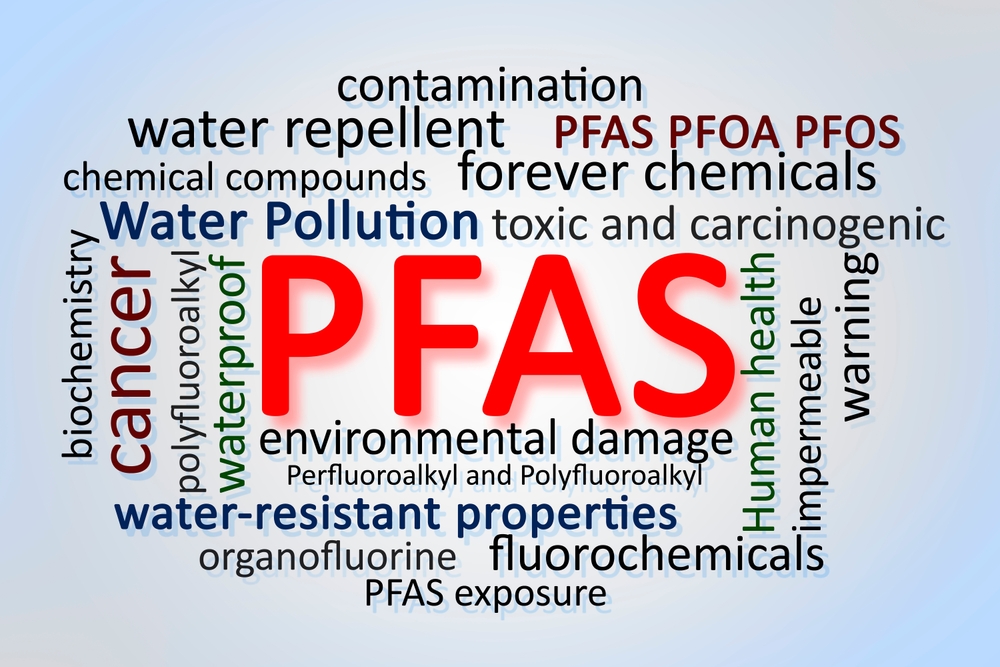
Parkersburg might just be your quintessential small American town, but it’s been on the map for reasons that are far from charming. This town has had a long-standing relationship with DuPont, a company you may know for its innovations but which here is linked to PFAS contamination. These chemicals have been traced back to the production of Teflon, leading to serious concerns over their presence in local water supplies. The Environmental Working Group has documented high levels of PFAS in the area, leading to public health concerns. If Parkersburg is on your travel itinerary, you might want to pack a reusable water bottle with a reliable filter.
While Parkersburg’s troubles have been publicized, the community’s response has been proactive. Local advocacy groups have raised awareness, pushing for government action and transparency. People here are vocal about wanting cleaner water and holding companies accountable for environmental stewardship. With a focus on raising awareness, the town is determined not to let its story be just another headline. There’s a lesson in resilience and community action that Parkersburg offers, highlighting the power of people coming together to demand change.
2. Hoosick Falls, New York

Nestled in the hills of New York, Hoosick Falls might seem idyllic at first glance. But beneath its scenic surface, there’s a growing concern over water quality. Long-term residents have reported health issues they suspect are linked to local water contamination. Here, PFAS have been found at alarming levels, raising red flags about the safety of drinking water. It’s a reminder that even the most picturesque places aren’t immune to the hidden dangers of modern industrial life.
The town has become a rallying point for environmental activists and concerned citizens alike. In an effort to combat the issue, Hoosick Falls has started initiatives aimed at reducing PFAS levels and exploring alternative water sources. Community meetings have become more common, providing platforms for residents to voice their concerns and seek solutions. This proactive stance is essential not just for the town’s well-being, but as an example for other communities facing similar issues. Hoosick Falls is taking steps toward a cleaner future, one community effort at a time.
3. Merrimack, New Hampshire
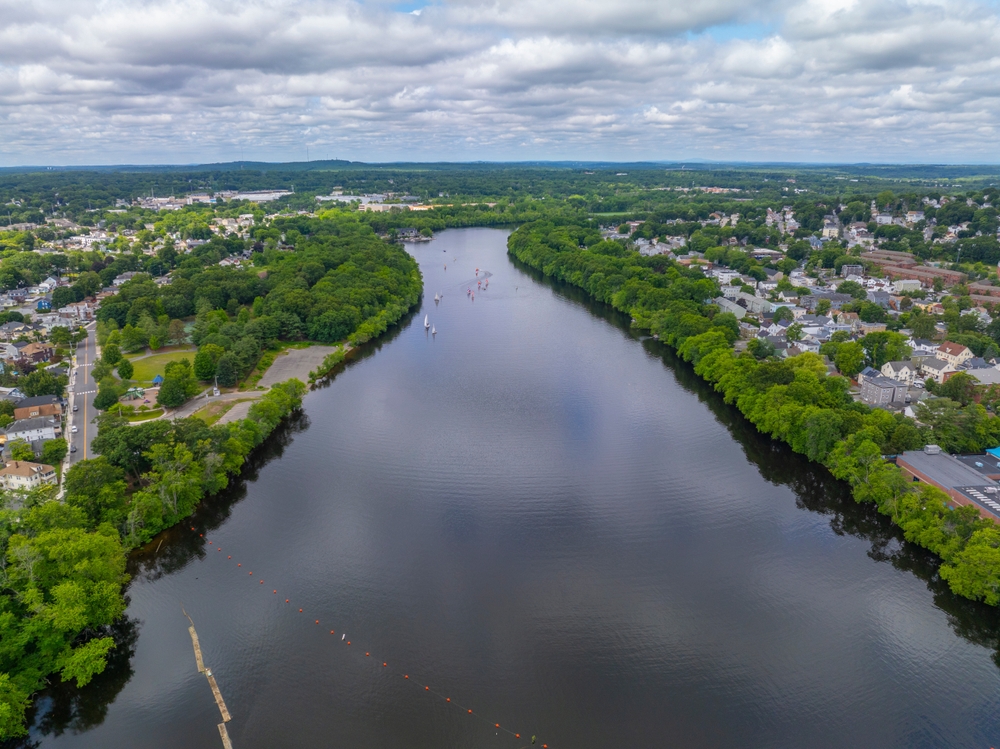
In Merrimack, the quaint New England charm is overshadowed by the troubling reality of PFAS contamination. This issue surfaced due to the proximity of a plastics manufacturing plant that has long been a staple in the local economy. New Hampshire Public Radio has reported on the elevated levels of these chemicals in the Merrimack River, sparking concern among residents. These findings have prompted not just local, but state-wide conversations about water safety and regulation. It’s a stark reminder of how industrial progress can come with unforeseen environmental costs.
Residents of Merrimack have taken notice, seeking transparency and accountability from both corporate and governmental bodies. Community-driven testing and grassroots campaigns have become crucial in the fight for cleaner water. People here are learning the importance of staying informed and proactive in the face of environmental challenges. Merrimack’s ongoing battle serves as a cautionary tale and a beacon of hope for towns across the nation dealing with similar issues. There’s a growing sense of community empowerment as residents advocate for a safer, healthier environment for future generations.
4. Wilmington, North Carolina

Wilmington is known for its vibrant coastal vibe, but beneath the sun-soaked beaches lies a serious concern. The Cape Fear River, a source of drinking water for many, has been found to contain significant levels of PFAS. This discovery has prompted public anxiety and calls for immediate action from local officials. While the town grapples with this issue, there’s a concerted effort to address the contamination and find sustainable solutions. Wilmington is a stark reminder of the pervasive nature of these chemicals and their potential impact on health and lifestyles.
Efforts to combat PFAS in Wilmington have brought the community together in unexpected ways. Town hall meetings and grassroots organizations have become platforms for advocacy and education on the issue. Residents are increasingly aware of the need for change and are working tirelessly to ensure their voices are heard. Local officials are under pressure to implement stricter regulations and invest in cleaner technologies. Wilmington’s journey is a testament to the power of community action and the desire for a healthier, more sustainable future.
5. Decatur, Alabama
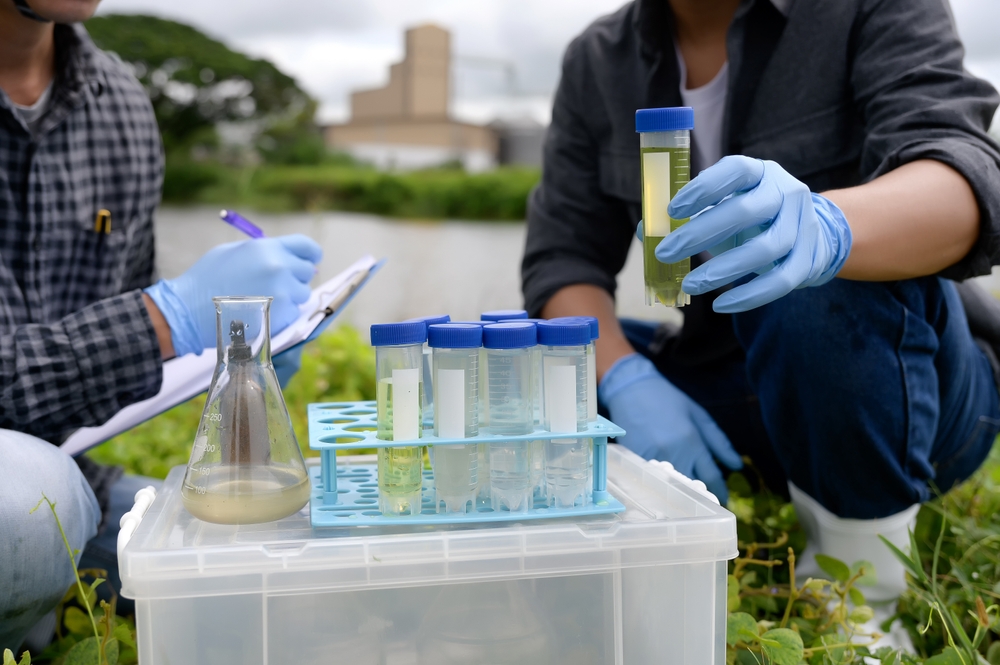
Decatur may be known for its Southern charm, but the presence of PFAS has cast a shadow over this welcoming town. Located along the Tennessee River, Decatur has faced contamination issues stemming from local manufacturing plants. The Environmental Protection Agency has highlighted concerns about the long-term health effects of these chemicals in the community. Residents are becoming increasingly concerned about the safety of their drinking water and the potential risks associated with long-term exposure. It’s a wake-up call for those who may not have considered the environmental impact of industrial practices in their own backyard.
In response, Decatur has embraced a spirit of transparency and activism. Community members have organized efforts to test water quality and address any violations of environmental standards. This has brought people together, fostering a sense of unity in the face of environmental adversity. The town is pushing for stricter regulations and more comprehensive water treatment solutions. Decatur’s experience underscores the importance of community involvement in environmental issues and the need for ongoing vigilance in protecting natural resources.
6. Portsmouth, New Hampshire

Portsmouth’s cobblestone streets and historic charm have made it a popular destination, but its water woes are a modern concern. PFAS contamination has been identified in the city’s groundwater, raising alarms among residents and environmentalists alike. This issue has prompted a deeper look into local water sources and the potential health impacts of these chemicals. As the community grapples with these revelations, there’s a concerted effort to address the contamination and ensure safe drinking water for all. Portsmouth is taking steps to mitigate the risks, but the road to resolution is long and complex.
Local leaders are focusing on solutions that prioritize health and safety while preserving the town’s unique character. Community forums and educational campaigns have become key strategies in raising awareness and encouraging proactive measures. Residents are learning more about the sources and dangers of PFAS, empowering them to demand change and accountability. Portsmouth’s commitment to addressing the issue head-on serves as an example for other towns facing similar challenges. By coming together, the community is working towards a healthier, cleaner future for its residents.
7. Oscoda, Michigan
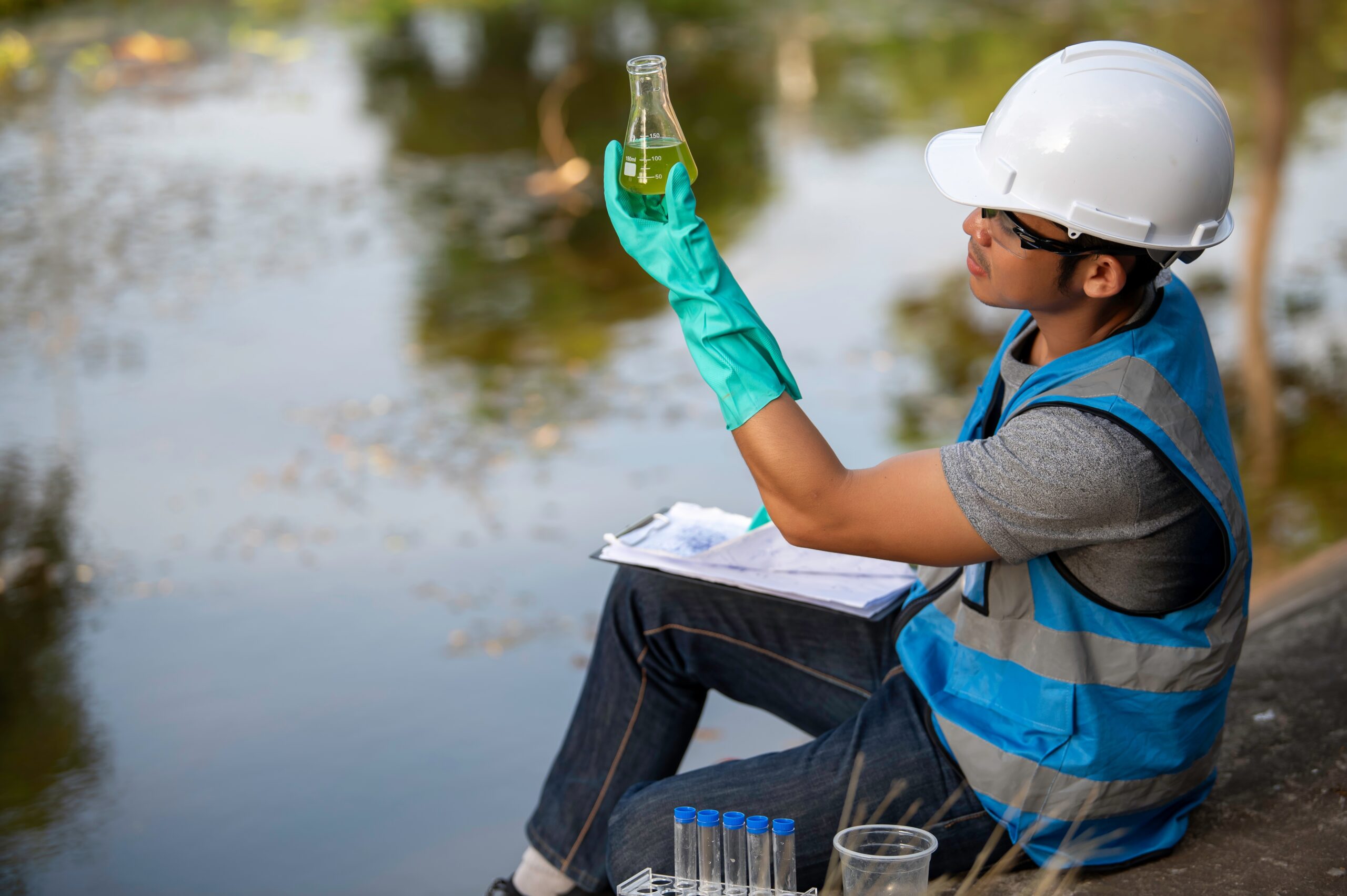
Oscoda might be a small town, but it’s faced big challenges when it comes to PFAS contamination. The source of the problem traces back to the Wurtsmith Air Force Base, where firefighting foams containing these chemicals were used extensively. According to the Michigan Department of Environmental Quality, the contamination has spread to local water supplies, affecting both residents and wildlife. This has sparked concerns about the long-term health effects and the need for a comprehensive cleanup strategy. Oscoda highlights the complex relationship between military facilities and the environment, emphasizing the need for greater accountability and remediation efforts.
The community’s response has been one of resilience and proactive engagement. Residents have taken it upon themselves to advocate for thorough investigations and remediation efforts. This has led to a growing awareness of environmental issues and the importance of community-driven solutions. Oscoda’s experience serves as a powerful reminder of the need for vigilance and action in the face of environmental challenges. By working together, the community is striving to protect its natural resources and ensure a healthier future for all its residents.
8. Fayetteville, North Carolina

Fayetteville, known for its military presence and Southern hospitality, has been grappling with the issue of PFAS contamination. The chemicals have been traced back to industrial sources in the area, raising concerns among residents about the safety of their drinking water. This has prompted a closer examination of local water quality and the potential health risks posed by these substances. Fayetteville’s experience is a stark reminder of how industrial activities can impact everyday life in ways that aren’t immediately apparent. The town is working to address these issues, but the path forward is anything but simple.
Efforts to tackle PFAS in Fayetteville have sparked a community dialogue about environmental health and safety. Residents are becoming more informed and engaged, attending meetings and advocating for change. The town is exploring treatment options and working with state and federal agencies to find solutions. This collaborative approach is crucial to ensuring a safe and sustainable future for Fayetteville’s residents. By addressing these challenges head-on, the town is setting an example for other communities dealing with similar environmental concerns.
9. Horsham, Pennsylvania
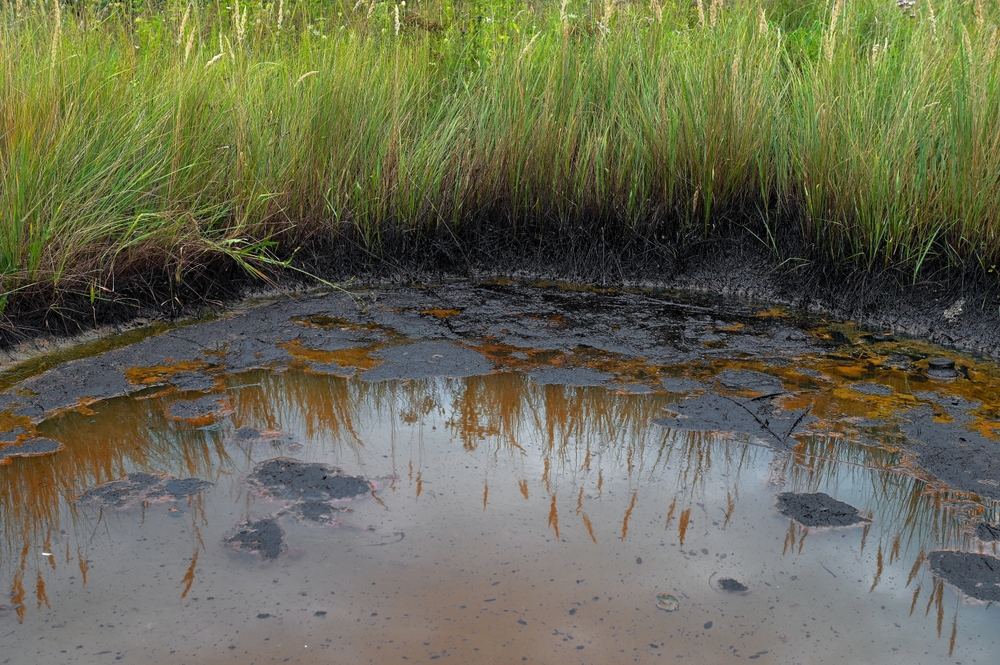
Horsham, a suburb of Philadelphia, has found itself at the center of a PFAS contamination issue linked to nearby military bases. The chemicals have infiltrated local water systems, causing unease among residents and prompting calls for action. This has led to increased scrutiny of water quality and the potential health impacts of long-term exposure to these substances. As Horsham navigates these challenges, the community is coming together to advocate for transparency and effective remediation measures. The town’s experience highlights the complexities of addressing environmental contamination in densely populated areas.
Residents are actively participating in efforts to raise awareness and demand accountability from those responsible. Community meetings and advocacy groups play a pivotal role in driving change and pushing for stricter environmental regulations. Horsham is taking steps to address the contamination, but the process is slow and requires sustained effort. The town serves as a reminder that environmental challenges are often multifaceted and require a comprehensive approach to resolve. By staying informed and engaged, Horsham’s residents are working towards a cleaner, healthier future.
10. Newburgh, New York
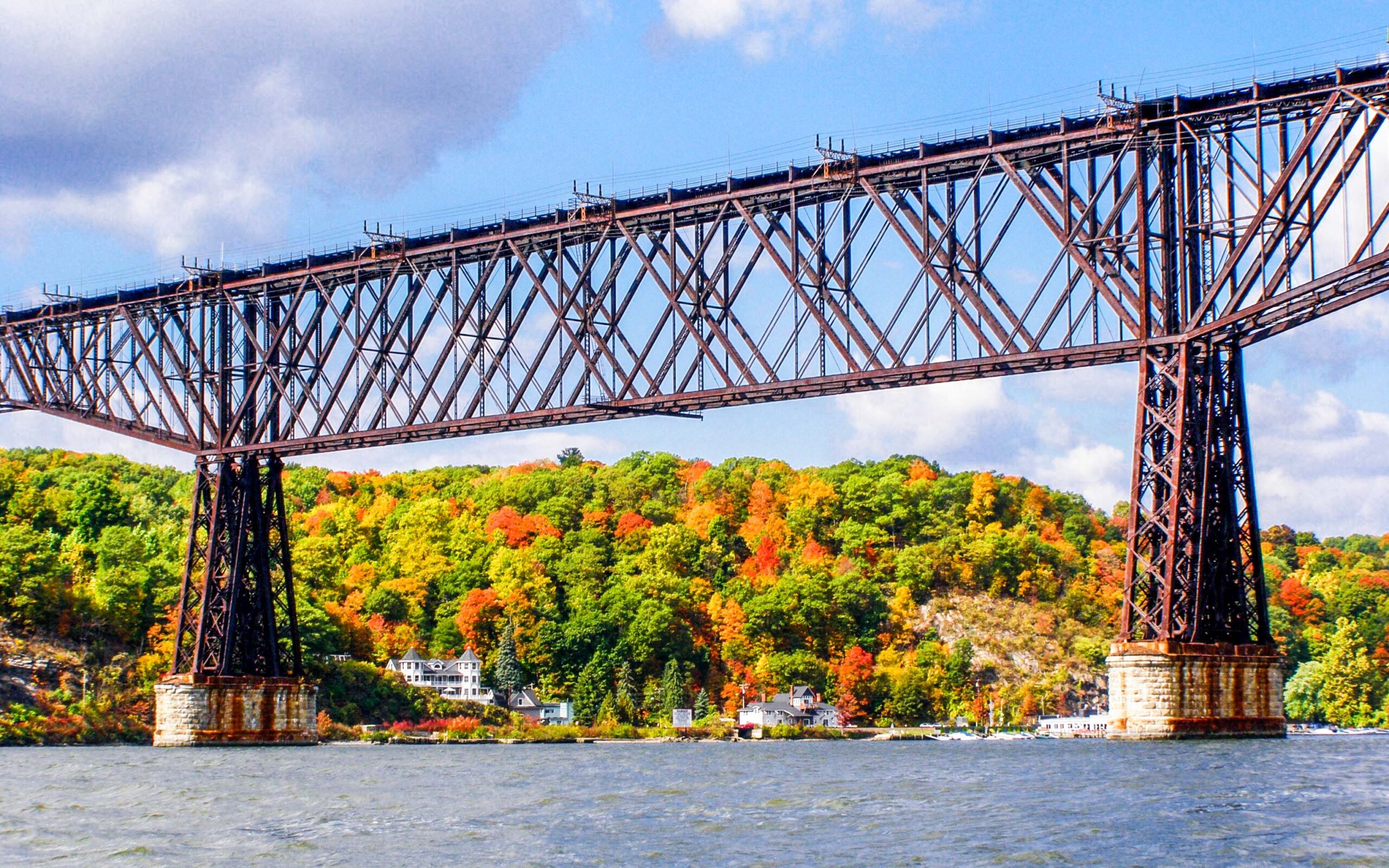
Situated along the Hudson River, Newburgh has a rich history and a vibrant community, but it’s also facing significant environmental challenges. PFAS contamination has been identified in the city’s water supply, raising serious health concerns and prompting calls for action. The chemicals have been traced back to nearby military facilities, leading to increased scrutiny of local water sources. As Newburgh tackles this issue, there’s a growing sense of urgency to find effective solutions and ensure safe drinking water for all residents. The town’s struggle underscores the need for comprehensive water management and environmental protection measures.
In response, Newburgh has mobilized its community to address the contamination and advocate for change. Local leaders are working with environmental experts and government agencies to develop strategies for cleanup and prevention. Residents are playing a crucial role in these efforts, attending meetings, voicing concerns, and staying informed about the latest developments. The town’s proactive stance serves as a model for other communities dealing with similar issues. By coming together, Newburgh is working towards a future where clean, safe water is a reality for everyone.
11. La Crosse, Wisconsin

La Crosse, with its scenic landscapes and outdoor activities, might seem like an unlikely candidate for water contamination issues. However, PFAS have been detected in the municipal water supply, raising alarms among residents. The chemicals have been linked to firefighting practices at a local airport, highlighting the diverse sources of contamination. As the community grapples with this issue, there’s an urgent need for effective remediation strategies and increased public awareness. La Crosse’s experience serves as a reminder of the widespread nature of these chemicals and the challenges they pose to even the most unsuspecting communities.
In response to the contamination, La Crosse has launched initiatives to test and monitor water quality more frequently. Public forums have become essential in educating residents about the risks and potential health impacts of PFAS. The community is calling for stricter regulations and improved treatment methods to ensure safe drinking water. This proactive approach is critical to addressing the issue and preventing future contamination. La Crosse’s commitment to transparency and community engagement sets a positive example for other towns facing similar challenges.
12. Ann Arbor, Michigan

Ann Arbor, renowned for its academic and cultural scene, is also confronting the issue of PFAS contamination. The chemicals have been detected in the Huron River, a vital water source for the city. This discovery has raised concerns among residents and prompted calls for immediate action. The city is focusing on reducing PFAS levels and exploring alternative water treatment options to protect public health. Ann Arbor’s experience highlights the need for ongoing vigilance and proactive measures in the face of environmental challenges.
Efforts to address the issue have brought the community together in unexpected ways. Local organizations and advocacy groups are playing a crucial role in raising awareness and driving change. The city is working with environmental experts and government agencies to develop comprehensive strategies for remediation and prevention. Residents are increasingly engaged, attending meetings and advocating for stricter regulations and safer water practices. Ann Arbor’s collaborative approach serves as a model for other communities dealing with similar environmental concerns.
13. Dayton, Ohio

Dayton, a city with a rich history in innovation and industry, is now facing the challenge of PFAS contamination. The chemicals have been detected in the local water supply, raising alarms among residents and prompting calls for action. The contamination is linked to industrial practices in the area, highlighting the need for greater environmental oversight. As Dayton tackles this issue, there’s a growing awareness of the importance of safe and sustainable water management. The city’s experience underscores the need for comprehensive strategies and community engagement in addressing environmental challenges.
In response to the contamination, Dayton has launched initiatives to monitor and improve water quality. Public awareness campaigns are helping to educate residents about the risks and potential health impacts of PFAS. The community is calling for stricter regulations and improved treatment methods to ensure safe drinking water. This proactive stance is critical to addressing the issue and preventing future contamination. Dayton’s commitment to transparency and community involvement sets a positive example for other towns facing similar challenges.
